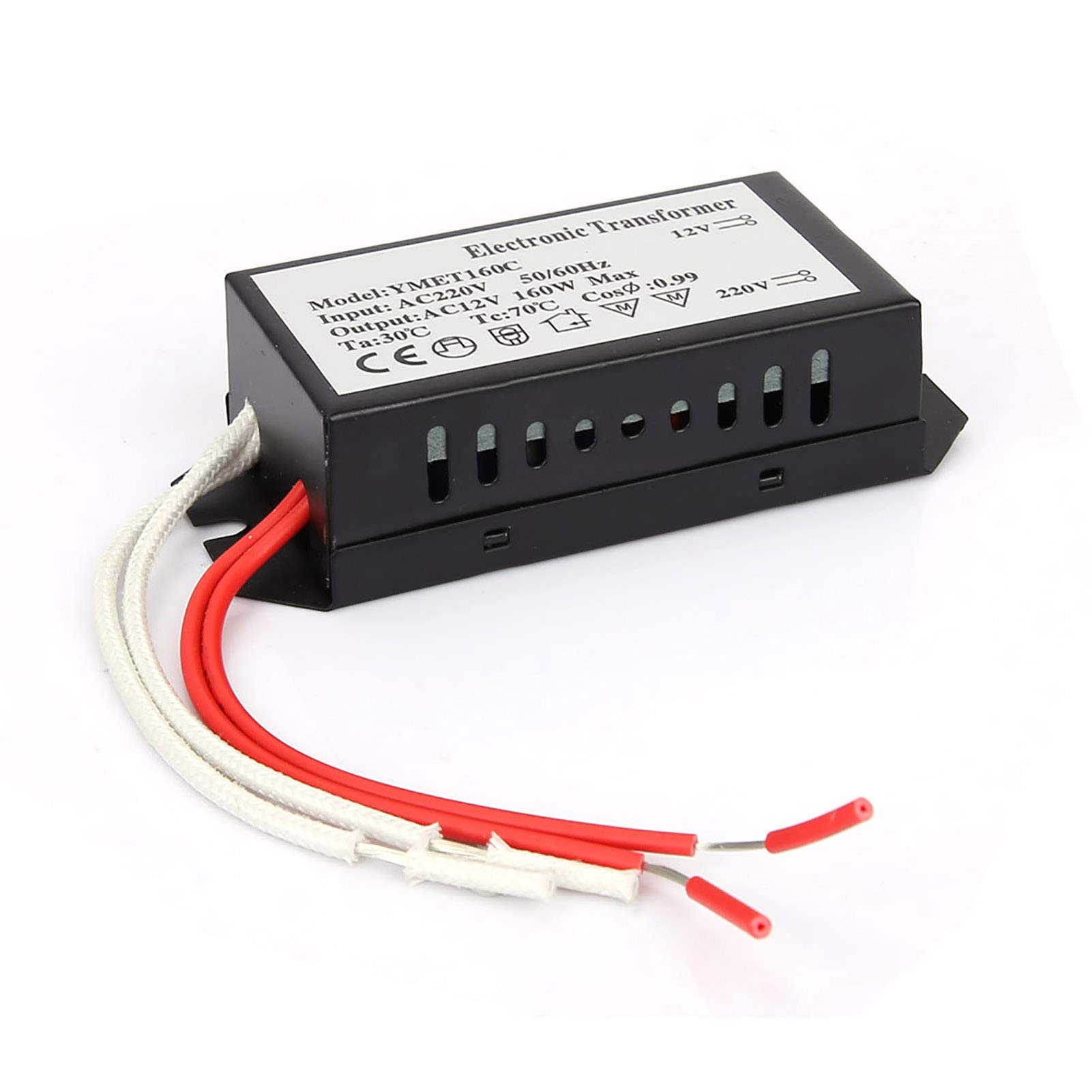Transformers are an essential component of our modern power distribution systems. They play a crucial role in converting electrical energy from one voltage level to another, ensuring efficient transmission and distribution of electricity. In this blog post, we will delve into the intricate workings of transformers, exploring their key components, principles of operation, and their significance in the power industry.
- Understanding the Basics:
To comprehend how transformers work, we must first grasp the fundamental principles that govern their operation. Transformers rely on the principles of electromagnetic induction, where a changing magnetic field induces an electromotive force (EMF) in a nearby conductor. This EMF allows for the transfer of electrical energy between two or more circuits. - Key Components:
Transformers consist of several essential components, each playing a vital role in their operation. These include:
- Core: The core, typically made of laminated iron or steel, provides a path for the magnetic flux generated by the primary winding.
- Windings: Transformers have two sets of windings, namely the primary and secondary windings. The primary winding receives the input voltage, while the secondary winding delivers the output voltage.
- Insulation: Insulating materials are used to separate the windings and prevent electrical leakage.
- Tap Changer: Some transformers feature tap changers, allowing for voltage regulation and adjustment.
- Working Principles:
Transformers operate based on the principle of mutual induction. When an alternating current (AC) flows through the primary winding, it creates a changing magnetic field. This magnetic field induces a voltage in the secondary winding, proportional to the turns ratio between the windings. As a result, the secondary winding delivers electrical energy at a different voltage level than the input. - Types of Transformers:
There are various types of transformers designed for specific applications. These include:
- Power Transformers: Used in power transmission and distribution networks to step up or step down voltage levels.
- Distribution Transformers: Found on utility poles or in substations, these transformers step down high-voltage electricity for consumer use.
- Instrument Transformers: Used for measuring and protecting electrical systems, such as current transformers (CTs) and potential transformers (PTs).
- Efficiency and Losses:
While transformers are highly efficient devices, they are not without losses. Transformers experience several types of losses, including copper losses (due to resistance in the windings) and core losses (caused by hysteresis and eddy currents). Efforts are continually made to improve transformer efficiency and minimize these losses.
Conclusion:
Transformers are the unsung heroes of our power distribution systems, silently working behind the scenes to ensure electricity reaches our homes and businesses reliably. Understanding the inner workings of transformers allows us to appreciate their significance and the engineering marvel they represent. By efficiently converting electrical energy between voltage levels, transformers enable the safe and efficient distribution of power, powering our modern world.



